Understanding & Evaluating The Four Pillars of Community Schools

Community Schools provide each and every student with the resources, opportunities, and support that make academic success possible and that create strong ties among families, students, schools, and community.
– The Partnership for the Future of Learning

INTRO
This resource provides an overview of the Four Pillars of Community Schools framework, so you can start reflecting more specifically on your own school’s approaches to supporting students in and out of the school building and connecting the school and its community.
OBJECTIVES
- Evaluate your school/district’s current approaches to supporting students in and out of school based on the Four Pillars of Community Schools
- Reflect on what adopting a community school model would look like and entail for your school
ACTIVITY
Review the Four Pillars of Community Schools and then watch the brief video about how the Anaheim Union School District is implementing the community schools model to ensure all of their students are truly thriving.
Evaluate your own school’s approaches to supporting students in and out of the school building and connecting the school and its community by evaluating each of the Four Pillars. Consider what adopting a community school model might look like for you and your school community.
WHAT ARE COMMUNITY SCHOOLS?
Community schools are public schools that partner with families and community organizations to provide well-rounded educational opportunities and supports for students’ school success. Like every good school, community schools must be built on a foundation of powerful teaching that includes challenging academic content and supports students’ mastery of 21st century skills and competencies. What makes community schools unique is the combination of four key pillars (or features) that together create the conditions necessary for students to thrive. The pillars are: 1) integrated student supports; 2) expanded and enriched learning time and opportunities; 3) active family and community engagement; and 4) collaborative leadership and practices.
THE 4 PILLARS OF COMMUNITY SCHOOLS
PILLAR 1: Integrated Student Supports
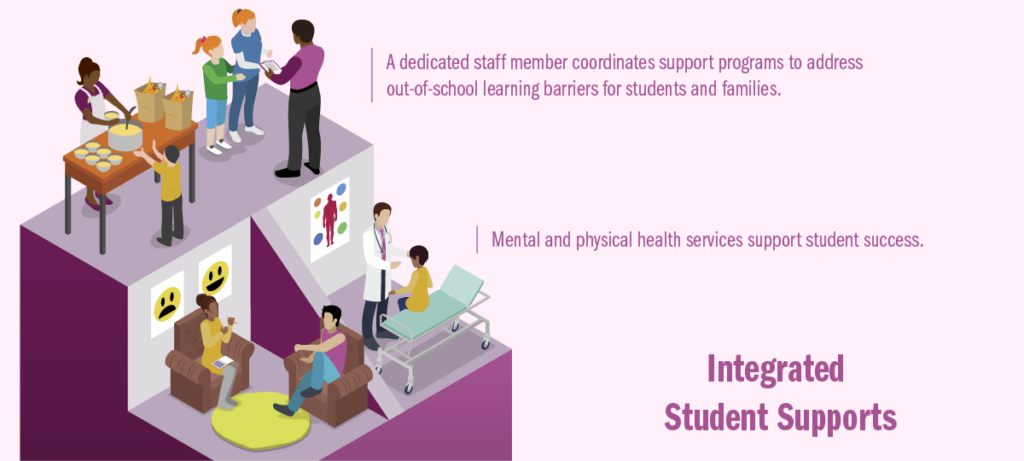
- A dedicated staff member coordinates support programs to address out-of-school learning barriers for students and families.
- Mental and physical health services support student success.
PILLAR 2: Expanded and Enriched Learning Time and Opportunities
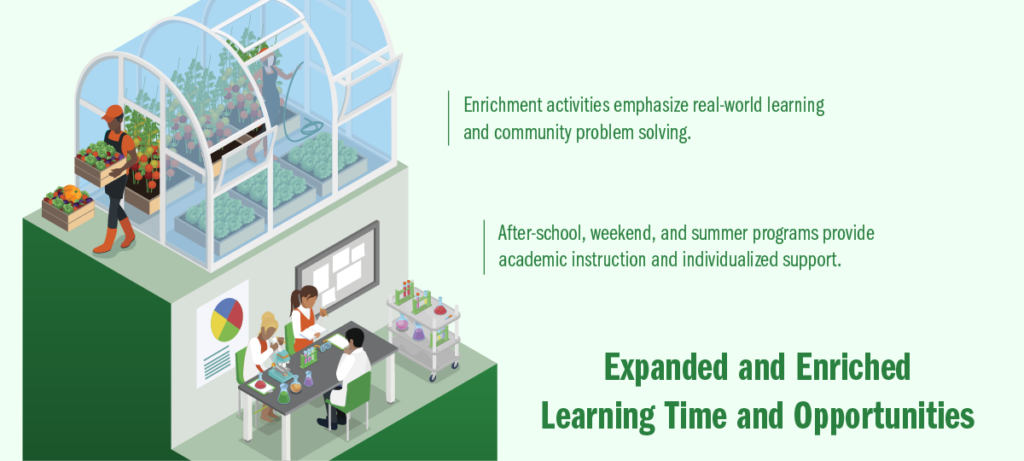
- Enrichment activities emphasize real-world learning and community problem solving.
- After-school, weekend, and summer programs provide academic instruction and individualized support.
PILLAR 3: Active Family and Community Engagement
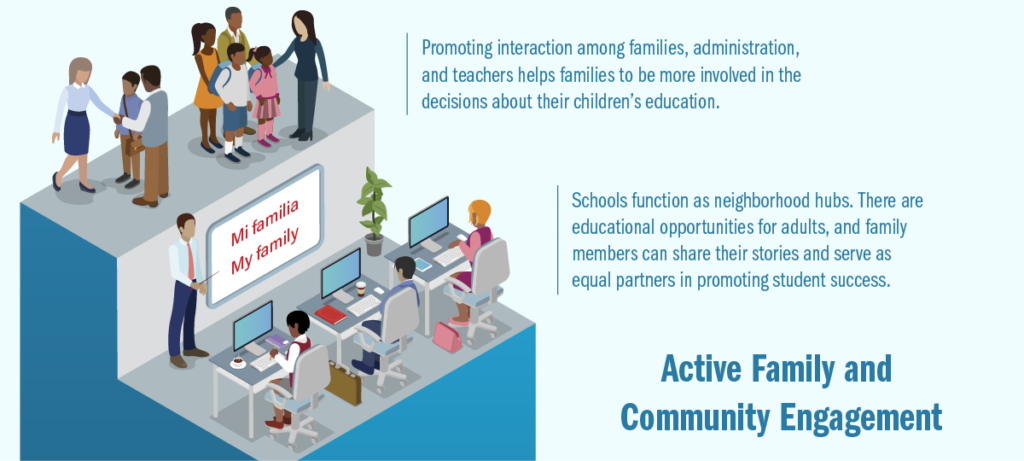
- Promoting interaction among families, administration, and teachers helps families to be more involved in the decisions about their children’s education.
- Schools function as neighborhood hubs. There are educational opportunities for adults, and family members can share their stories and serve as equal partners in promoting student success.
PILLAR 4: Collaborative Leadership and Practices
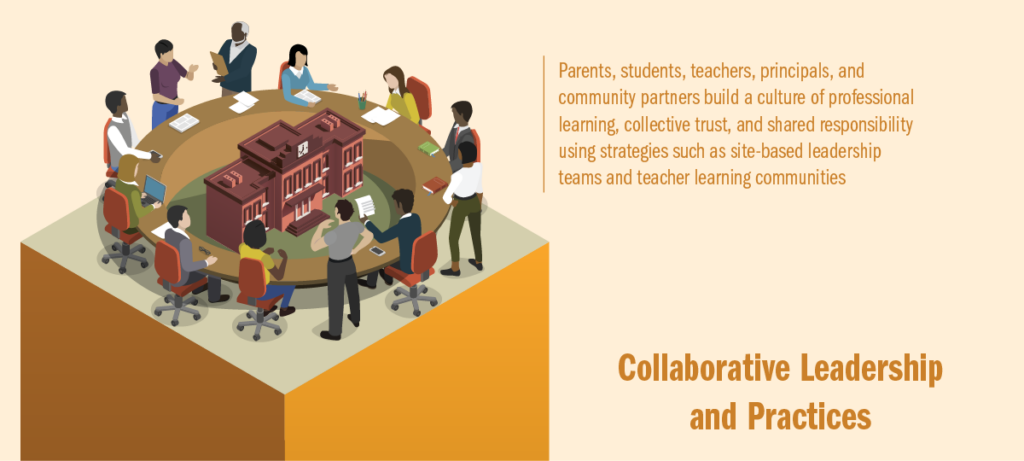
Parents, students, teachers, principals, and community partners build a culture of professional learning, collective trust, and shared responsibility using strategies such as site-based leadership teams and teacher learning communities.
THE FOUR PILLARS OF COMMUNITY SCHOOLS AT AUHSD
REFLECTION
- Reflect on what the Four Pillars of Community Schools are (in your own words) and what about them resonates most with your vision for your school.
- Evaluate your school’s current approaches to supporting students in and out of the school building and to connecting school and community in terms of the Four Pillars.
- Rank the Four Pillars from the one your school is currently doing best to the one your school needs the most work on
- Where is your school right now? List at least one strength and one opportunity for improvement for each of the Four Pillars
- For these first two reflections/evaluations, consider what factors are contributing to both your successes and areas for improvement
- Rank the top 3 challenges you foresee facing adopting a community school model
- Rank the top 5 benefits you foresee resulting from adopting a community school model
- Connect the challenges and benefits to the Four Pillars. What do you notice about these connections?
TIPS
- This resource provides many videos of community school examples. Watch one or more (the more, the better, so you can gain a better sense of the variety of ways community schools thrive) and then use them to reflect on what you see working (or not working) for your own school community.
- While using examples for comparison can help you begin reflecting and brainstorming, remember that each school and community is different and your plans need to account for what works for your school community.
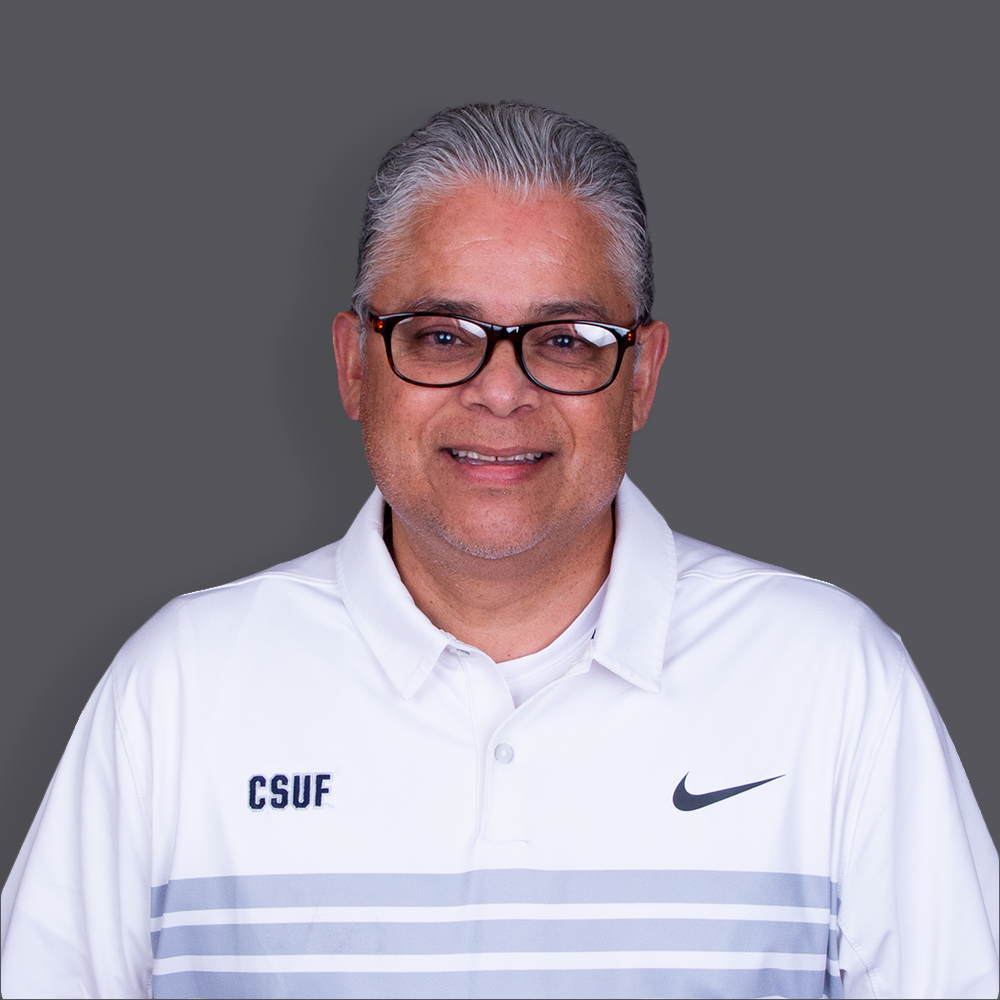
About the Author
Manuel hopes to foster meaningful dialogues that support school leaders in transforming education for all students. In his view, the most rewarding role in education is that of a teacher, finding joy in those moments when students experience enlightening breakthroughs. He encourages patience, intentionality, and kindness in supporting others.






Responses